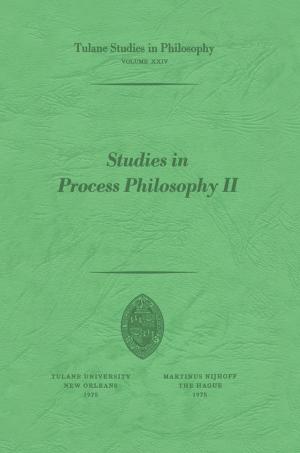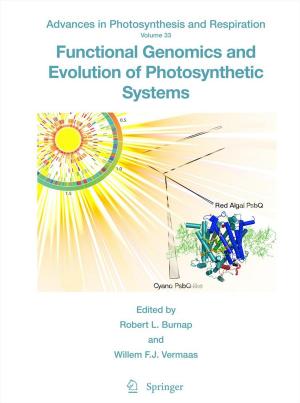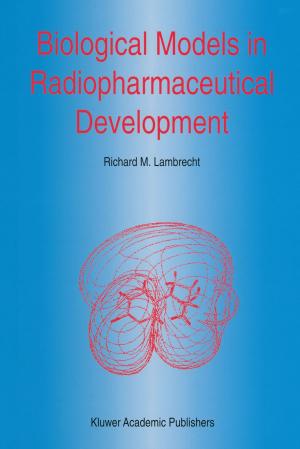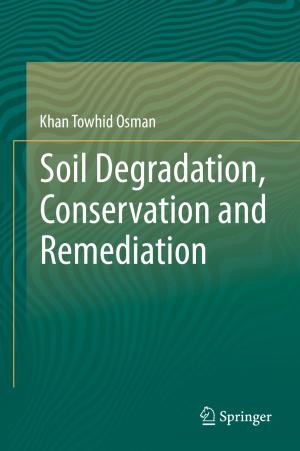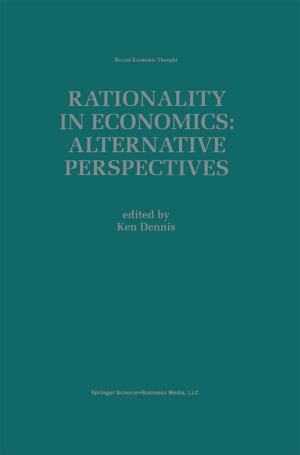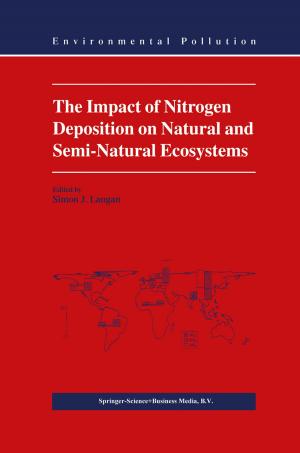Reconceptualizing the Nature of Science for Science Education
Scientific Knowledge, Practices and Other Family Categories
Nonfiction, Science & Nature, Science, Other Sciences, Study & Teaching, Philosophy & Social Aspects, Reference & Language, Education & Teaching| Author: | Sibel Erduran, Zoubeida R. Dagher | ISBN: | 9789401790574 |
| Publisher: | Springer Netherlands | Publication: | August 20, 2014 |
| Imprint: | Springer | Language: | English |
| Author: | Sibel Erduran, Zoubeida R. Dagher |
| ISBN: | 9789401790574 |
| Publisher: | Springer Netherlands |
| Publication: | August 20, 2014 |
| Imprint: | Springer |
| Language: | English |
Prompted by the ongoing debate among science educators over ‘nature of science’, and its importance in school and university curricula, this book is a clarion call for a broad re-conceptualizing of nature of science in science education. The authors draw on the ‘family resemblance’ approach popularized by Wittgenstein, defining science as a cognitive-epistemic and social-institutional system whose heterogeneous characteristics and influences should be more thoroughly reflected in science education. They seek wherever possible to clarify their developing thesis with visual tools that illustrate how their ideas can be practically applied in science education.
The volume’s holistic representation of science, which includes the aims and values, knowledge, practices, techniques, and methodological rules (as well as science’s social and institutional contexts), mirrors its core aim to synthesize perspectives from the fields of philosophy of science and science education. The authors believe that this more integrated conception of nature of science in science education is both innovative and beneficial. They discuss in detail the implications for curriculum content, pedagogy, and learning outcomes, deploy numerous real-life examples, and detail the links between their ideas and curriculum policy more generally.
Prompted by the ongoing debate among science educators over ‘nature of science’, and its importance in school and university curricula, this book is a clarion call for a broad re-conceptualizing of nature of science in science education. The authors draw on the ‘family resemblance’ approach popularized by Wittgenstein, defining science as a cognitive-epistemic and social-institutional system whose heterogeneous characteristics and influences should be more thoroughly reflected in science education. They seek wherever possible to clarify their developing thesis with visual tools that illustrate how their ideas can be practically applied in science education.
The volume’s holistic representation of science, which includes the aims and values, knowledge, practices, techniques, and methodological rules (as well as science’s social and institutional contexts), mirrors its core aim to synthesize perspectives from the fields of philosophy of science and science education. The authors believe that this more integrated conception of nature of science in science education is both innovative and beneficial. They discuss in detail the implications for curriculum content, pedagogy, and learning outcomes, deploy numerous real-life examples, and detail the links between their ideas and curriculum policy more generally.

